As we hit the 10 1/2 year mark in Afghanistan, the state of trust and confidence between the coalition and the Afghan people is at perhaps its lowest ebb, and support for the war effort is wavering across the political spectrum. Given this, it appears time to reconsider the current status of our effort there — what have we accomplished, and what do we still hope and reasonably expect to accomplish? — as well as what the future may and should hold. Below the fold are some questions that need to be considered about our objectives, accomplishments, and expectations in Afghanistan. This list is not exhaustive by any means, and I certainly don’t claim to have all of the answers; in fact, I may not have any of them. However, they do need to be carefully thought about, and answered, at some point in the immediate future.
First, and perhaps most importantly, it’s critical to note that what the New York Times has called a recent “cascade of missteps and offenses” by the coalition (from the “Kill Team,” to the urinating Marines, to the inadvertent Qu’ran burning, to last weekend’s inexcusable slaughter of sleeping civilians by one rogue and evidently drunk soldier) should not obscure the indisputable fact that moral high ground still exists in this struggle, and that the coalition is firmly in occupation of it. Taliban spokespersons, among others, can condemn coalition actions as loudly as they wish (and, in such cases as this weekend’s massacre, condemnations are correct); however, while those acts ruin lives and tarnish the coalition image, they do not propel us from the high ground. Further, those condemnations do not change the fact that those who wage war on civilians daily, killing indiscriminately, throwing acid in the faces of young girls who dare attend school, opening fire on those attending a memorial for this weekend’s slain civilians, and carrying out all other manners of true atrocities.
However, simply fighting those who carry out such atrocities is not a reason to spend ten years, billions of dollars, or thousands of lives halfway across the world — and while breaking the Taliban’s despotic hold on Afghanistan’s government and its people was an added bonus to the initial combat operations in that country, the atrocities committed by that government against its own people was not our initial impetus for war (had it been, we would of course have acted militarily against the Taliban government well before the end of 2001).
As obvious as it is to say, the impetus for war was, of course, the 9/11 attacks, carried out by an al Qaeda that had found safe haven in that Taliban-led country — and now, in the midst of that “cascade of missteps” by soldiers on the ground, those higher up the chain are attempting negotiate an end to the war effort that will almost certainly include some sort of power-sharing role for the Taliban in post-war Afghanistan.
Given this state of affairs, and the flagging support at home for what had been termed the “real war on terror” by those opposed to the Iraq war, it’s clear that the effort in Afghanistan needs to be reconsidered. Despite a refocusing of national attention on Afghanistan in 2008-2009 ( a topic dealt with in more detail below), everal questions appear to have gone unanswered at that time, as well as both before and since. The most important of these questions seems the simplest on the surface: what is our goal there? However, after ten years of fighting, that question is both inexcusably and overwhelmingly difficult to answer — and that and several other questions need to be considered both quickly and completely, and the answers should factor heavily into the U.S.’s decision about our next move(s) in Afghanistan.
Several of the questions below will be corollaries to the original question about our goal in Afghanistan, but the lingering silence in response to this most basic inquiry has swollen to 800-lb gorilla proportions. Some of the questions below may also seem simplistic or pedantic; however, I’m trying to start from square one here, and these are some basic inquiries that need to be made. 10 1/2 years have gone by since ODA 555 became the first coalition boots on the ground in Afghanistan. Soldiers have been sent there and to Iraq so many times that many are using both hands to count their total number of combat deployments. As I noted Sunday (in a rare case of agreement with what Stephen Walt has since written on the topic) these ten years of combat operations in Iraq and Afghanistan haven’t been conventional in nature; rather, they have required constant vigilance due to the human terrain involved being an often unrecognizable blend of friendly, neutral, and enemy — not to mention the constant threat of IEDs (given this fact, it’s frankly more surprising to me that incidents like this weekend’s atrocity haven’t happened more frequently, not that such a massacre was carried out at all).
As Dan Drezner has noted, “it’s tough to sound hawkish on a conflict where your rationale for being there has evaporated.” That apparent “evaporation” is reflected in the maddening unanswerability of the simple question posed above.
Here are a few other questions to consider while we chew on that one:
1. What is the desired end state in Afghanistan? Certainly (hopefully) it isn’t a unified country that operates as a western-style (and pro-western) democracy, because that dish simply isn’t on the menu at the Reality Diner. Afghanistan is and will continue to be far more splintered than that, with tribes and networks holding power and operating in different regions Are we willing to accept Taliban power sharing? Based on the ongoing efforts to engage the Taliban in negotiations, it seems safe to assume that we are (this will also be addressed below). What other components of a post-U.S. Afghanistan do we have in place or in motion, and what do we still hope to put in place before 2014, which is not only when we are scheduled to leave, but when President Karzai reaches his term limit? As this is considered, it is important to remember that the closer we come to the announced 2014 date of security handover and withdrawal, the less influence we will have over the situation there, both strategically and politically.
2. What was our initial goal and desired end state in Afghanistan (ca. 2001) and how does the current state of affairs measure up? It’s an inarguable truth that the best laid plans don’t survive first contact. However, despite media prematurely spewing the term “quagmire” all over the airwaves in October 2001, the lightning-fast initial phase of combat operations went exceptionally well. Northern Alliance were trained and mobilized, al Qaeda disrupted, and Kabul taken from the Taliban all in a matter of weeks. Following that initial success, we stood up the Karzai government and began a decade of rotating conventional and SOF troops in and out of the AO, making modest gains in improving quality of life, access to education and health care, and infrastructure, while playing counter-network whack-a-mole and dealing with a growing insurgency fueled by domestic and cross-border sources (stop me when this starts to sound like Iraq ca. 2003-2006, but longer). What was our initial goal at the time? What was our desired end state? At what point did we come close to achieving it, and how have our actions of the last ten years moved us closer top achieving it? This plays into the next question:
3. What goals have the last ten years of operations in Afghanistan been in pursuit of? This may seem simple — undermining and disrupting al Qaeda, the Taliban, the Haqqani network, and other organizations opposed to coalition efforts in Afghanistan; improving infrastructure and quality of life; and ensuring that we left Afghanistan with a functioning government and a national security force that was sufficiently trained to be able to protect that government and the nation’s people. However, while laudable goals, which of these have been achieved, and which are achievable?
4. How did we get from the goals and mission scope of 2001 to those of 2012? At what point, if at all, did we shift the goal posts, changing our original strategy and desired end state and? If we didn’t, should we have? There can be no question that focusing on Iraq, particularly from 2003-2008, caused Afghanistan to play a distant second fiddle, particularly when it came to media attention and the allocation of finite military resources like special operations units. This reduced our macro-level effort in Afghanistan to the strategic equivalent of treading water, trading some lives and some more money for what amounted to little more than a continuation of the status quo. Once Iraq was hauled back from the brink in 2007-2008, the outgoing Bush and incoming Obama administrations focused more resources and attention on Afghanistan, but to what end? How were the goals put in place in 2008-2009 different from those forecast in 2001, and why?
Believe it or not, this essay isn’t meant as a personal indictment of President Obama, whose rhetoric on Afghanistan during the 2008 election was backed by almost no knowledge of the situation there whatsoever (despite being chair of the Senate Subcommittee on Europe, which has jurisdiction over NATO — and, therefore, the operations in Afghanistan — Obama never once held a hearing). Upon taking office, though, Obama was brought up to speed on coalition efforts there, and his decision to largely continue the strategy laid out at the end of the Bush administration demonstrated both the emptiness of his campaign rhetoric, and the apparent prudence of the Bush/Gates direction based on ground truth in-theater.
However, though the Afghanistan ‘surge’ put in motion by Bush and Gates, and implemented by Obama, put more boots on the ground in-country, thus allowing for more counterinsurgency and stability operations to be conducted, there was no clear communication of just what the goal there was, how it could be achieved, and how or why it differed from our original reason for invading.
In a speech outlining his strategy for the war, President Obama boiled it down to three goals: Deny al-Qaida safe haven; prevent the Taliban from overthrowing the government; and build up the Afghan security forces so they can take over as U.S. troops leave. It is a remarkable framework, defined as much by absence as by accomplishment, and in terms so vague as to be impossible to achieve definitively. But it is also a fundamentally political strategic framework, focused on the Afghan government as the defining characteristic of any future Afghan state.
Ten years of military operations, including efforts at counterinsurgency and the use of all tiers of special operations forces to conduct high-value and time-sensitive target hits, are not carried out for no reason or in pursuit of no goal. However, at some point did (or have) such operations become self-serving, conducted simply for their own sake, and toward no larger end? Last August’s loss of 31 American service members in a single helicopter shoot-down (including twenty Tier One operators) that took place in the midst of an operation to catch a man who was functionally middle management within the Afghan Taliban seems to be a microcosm of just this issue. At what point — and how — did the Afghan strategy change so radically that middle-of-the-food-chain Taliban personalities were valued so highly that the tip of America’s uniformed spear was deployed against them? And, if we are in fact negotiating with the Taliban on post-withdrawal power sharing, how can we justify continuing to risk such personnel in action against a group we are actively working to bring to and keep at the negotiating table? Which takes us to question 5:
5. Was removing the Taliban from any form of political power (or eliminating it altogether) an original goal of the U.S.’s efforts in Afghanistan? It seems clear that, absent a sudden spontaneous combustion of every Taliban sympathizer in Afghanistan (and across the border in Pakistan), there will be some sort of arrangement that allows the Afghan Taliban to remain not only viable, but in a position of some power following the coalition withdrawal. If removing the Taliban from power and destroying their ability to regenerate and regain some level of political influence in Afghanistan was an original goal of the coalition effort there, then is there any measure by which we can say we haven’t failed? The role of the Taliban and their threat to the U.S. and its interests should neither be over- nor understated. Their greatest offense for us was their creation of a safe harbor for al Qaeda, which allowed the latter to plan and carry out international terror acts. Now, al Qaeda’s presence is reduced (though it appears to be growing in scope worldwide, if the many claims of “franchises” are to be believed), while the Taliban continues to regenerate.
Further, with their withdrawal from negotiations in the wake of last weekend’s massacre, and what appears to be unity among Afghans (for once) on a position — that of the coalition needing to leave as quickly as possible — it seems even more likely that the fragmented Afghanistan we leave behind will have at its titular helm a virtual corruptocracy, and among its power brokers groups like the Taliban.
6. What are the Afghan National Security Forces capable of? Besides killing coalition troops, of course. Will the ANSF (ANA and ANP) crumble as soon as their coalition trainers and partners leave? Or are we getting enough quality recruits, and training them quickly and thoroughly enough, that they will be able to provide a measure of security for residents of at least some portions of Afghanistan? If violence picks up again upon the coalition’s departure from the country, how long will the ANSF last before death and desertion decimate its ranks?
These are only a few questions, primarily asked from the 30,000 foot level or higher. As I noted above, many may seem simplistic, particularly to any readers who have an in-depth knowledge of our Afghan strategy and events on that front. However, they need to be asked — a fact which itself suggests they haven’t been given their due consideration to date.
At the bottom line, we have this fact: the Afghan people largely have better lives and more rights than they did under Taliban control in 2001 and before. However, altruism alone doesn’t justify ten years of blood and treasure. America needs to figure out what it’s doing in Afghanistan besides treading water and waiting for 2014, and it needs to decide which options have the best chance of ensuring the best possible outcome for the security and benefit of America and her interests — because, while altruistic achievement may be a nice bonus, when it comes to a decade-long war it’s the strategic benefit and safeguarded security of the participant that matter most. Given this, if we aren’t on track to significantly improve our strategic outlook and the security of our homeland and our interests by remaining in Afghanistan any longer than we absolutely must, and we should begin plans to draw down forces even more quickly than previously planned.


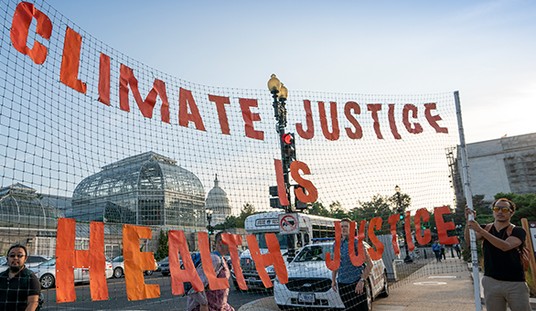
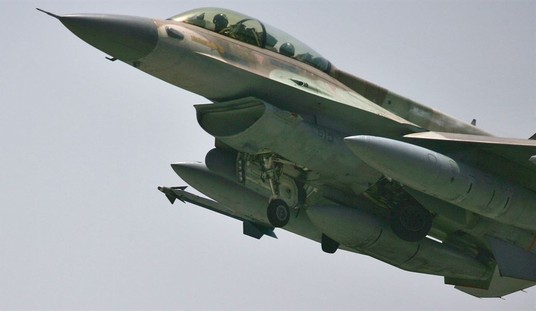

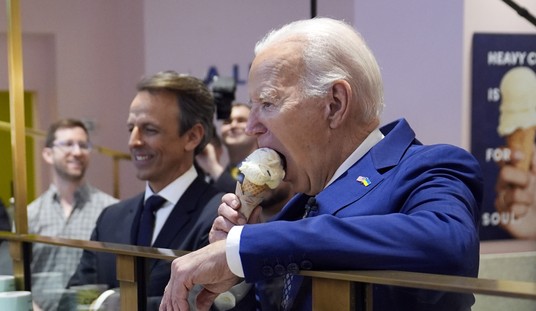
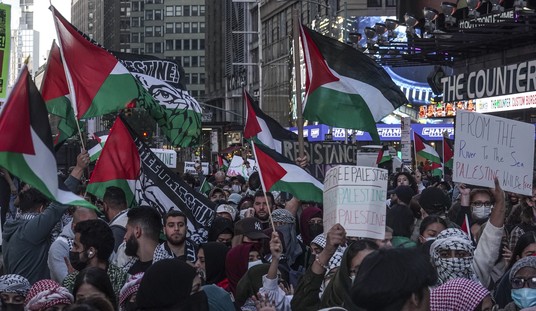


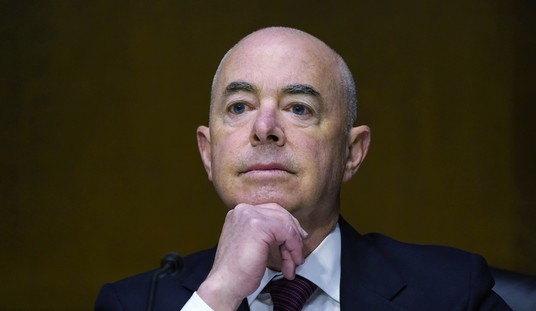
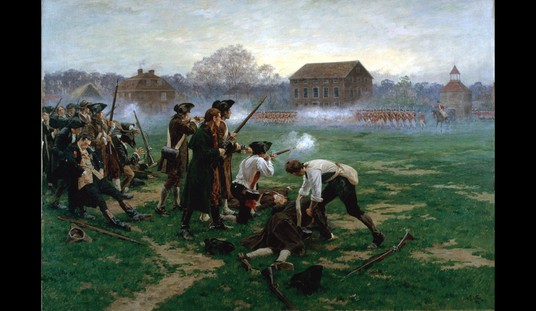

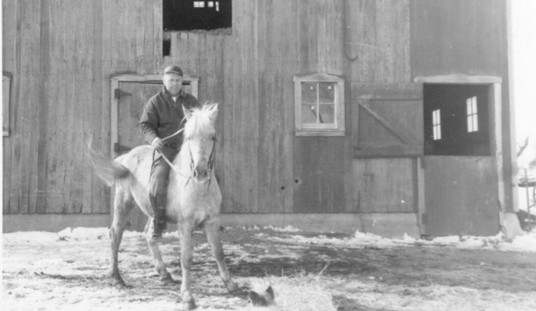
Join the conversation as a VIP Member